
HISTORY OF CHOCOLATE
THERE WAS
ONCE ...

FOOD OF THE GODS
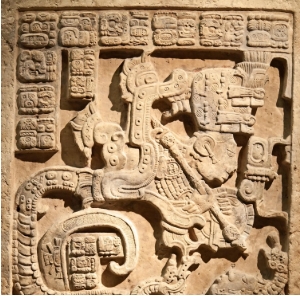
+ 4000 years ago...
It all began +4,000 years ago in the Honduran jungle… Quetzalcoatl, descendent from the Gods, brought the divine cocoa fruit to earth. Therefore, many divine powers were given to the cocoa drink Xocoatl. Whoever consumed cocoa would gain wisdom and power. It was reserved for the elite in Aztec society: priests, high government officials, etc.. They called it ‘black gold’..
The Ulúa valley in Western Honduras, carved and flooded periodically by the Ulúa river, was an ideal place to grow cocoa. This crop needs a tropical climate, a rich soil and the understory shade of other trees. At that time the valley was covered with thousands of acres of cocoa plantations. It is said that Montezuma II, the first Aztec King to make contact with the Spaniards, enjoyed up to 50 cups of Xocoatl a day.
1492
As far as we know, the story of chocolate begins with the discovery of America. Up until 1492 the Old World had never experienced the delicious and stimulating taste that is now one of the favorites of millions of people. During his fourth journey in 1502, to the New World (Nicaragua), Christopher Columbus became the first European to encounter "cocoa beans", but failed to see their importance.
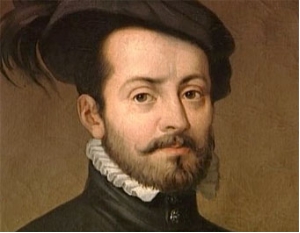
1520
For another two decades the secret remained with the Aztecs, until Hernando Cortez, one of Spain's great conquistadors discovered in 1520 that the cocoa beans were used to prepare a royal beverage, "Xocolatl". The beans were roasted and ground, and then mixed with water to produce a cloudy drink, which was enriched with vanilla and other spices. The Aztec emperor Montezuma, himself a true chocolate lover, offered his Spanish guests Xocolatl in a large golden cup. This cup was discarded after a single use, a custom which demonstrated that Xocolatl was considered as a genuine drink of the Gods.
1528
When he returned to Spain in 1528, Cortez brought back cocoa beans for his king, Charles V of Spain. The exotic drink was found to be intriguing and frightening at the same time, because of its magical powers (one could travel a whole day without getting tired). Therefore the recipe was kept secret for almost 80 years
1528
Spanish monks in monasteries, known for their pharmaceutical skills, were chosen to process the beans. They adjusted the drink to Spanish taste and have set the basis for the chocolate recipes of today by introducing a sweet chocolate drink (based on honey, cane sugar and vanilla).
With the addition of cane sugar, cocoa as a drink became highly fashionable among European nobility. At the time, chocolate was also often prescribed by doctors as a medicine.
THE GREATEST
STORIES COME
FROM THE
HEART
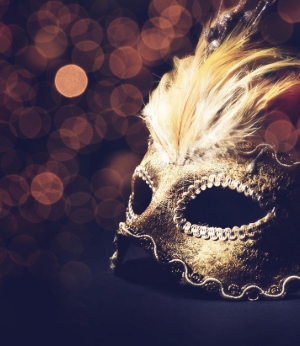
1606
Even though the Spanish aristocracy succeeded in maintaining their monopoly on cocoa for almost a century, this could not go on forever.
In 1606 Francesco Carletti, a Florentine merchant, discovered the ‘chocolatl’ from the native Americans in Central America and he broke the Spanish monopoly. Soon it infiltrated all the royal courts and aristocracy in Europe.
The Dutch planted cocoa trees in their colonies and from there it spreaded to the Philippines, New Guinea, Samoa and Indonesia.
Large quantities of cocoa beans were smuggled to the rest of Europe and Asia. Slowly but steadily, the whole of Europe came under the spell of chocolate. Each country adapted the drink to its own taste and temperament, but it was mainly the royal courts and the privileged classes who could enjoy the expensive drink.
Under Spanish rule the oldest trace of chocolate in Belgium dates back to 1635.
1697
Henri Escher, major of Zurich, drank his first cup of chocolate at the Grand Place in Brussels (capital of Belgium). It was such an overwhelming experience that he took some of the chocolate back to Switzerland. Nowadays it’s one of the most prominent chocolate-making countries in the world.
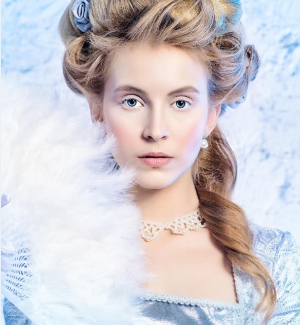
1828
In 1828, the Dutch chemist Conrad Van Houten discovered a process making it possible to extract a large proportion of the fats (cocoa butter) from the whole cocoa bean and produce cocoa powder. Not only did the introduction of cocoa powder mean that chocolate drinks were easy to prepare, but from then on it was also possible to combine chocolate with sugar. This is how solid, ready-to-eat chocolate came about.
1857
The Belgian pharmacist Jean Neuhaus opened an apothecary shop at the Galeries Royales, near the Grand Plaza in Brussels. He began his business by covering the medicines in bitter chocolate to make them more appetizing. Chocolate was then known as hard and granular and mostly used in liquid form.
1875
The late 19th century experienced a revolution in chocolate production, firstly with the invention of a new process for condensing milk. This process was later developed into a method for making a solid mixture from chocolate and milk, paving the way for the ubiquitously loved milk chocolate. This invention was to change chocolate production throughout the world.
1879
The Swiss Rudolph Lindt invented the principle of conching by accident, after he forgot to shut off the mixing machine for the weekend. The chocolate became creamy and fine-tasting, as we know it today.
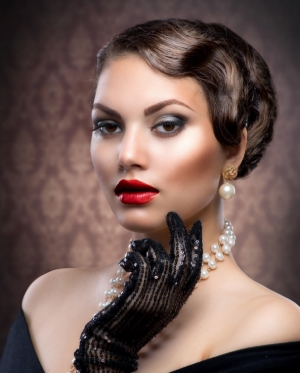
1900
It wasn’t until the 20th century that chocolate became available to everyone, as the prices of cocoa and sugar, the two main ingredients in chocolate, fell sharply. In 10 years’ time, chocolate became affordable for a growing group of middleclass consumers.
1912
The grandson of Jean Neuhaus, Jean II, created the first fresh cream-filled bonbons or pralines, which became an immediate success. Another innovation soon followed, as Louise Agostini, Jean's wife, realized that the pralines were getting crushed inside the paper cornet bags the Neuhauses used to wrap them up. Together with her husband, she developed a gift wrap box in 1915 that became known as the ballotin.
1940
Thanks to new raw materials and efficient production equipment in 1940, chocolate was then sold to the consumer at affordable prices. In the post-war period chocolate consumption became part of our everyday diet.
GENAUVA TV
THE MAKING OF CHOCOLATE
THE MAKING OF PRALINES
CHOCOLATE BOX



